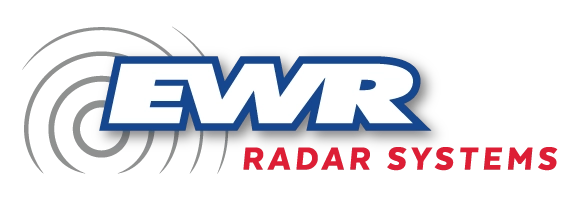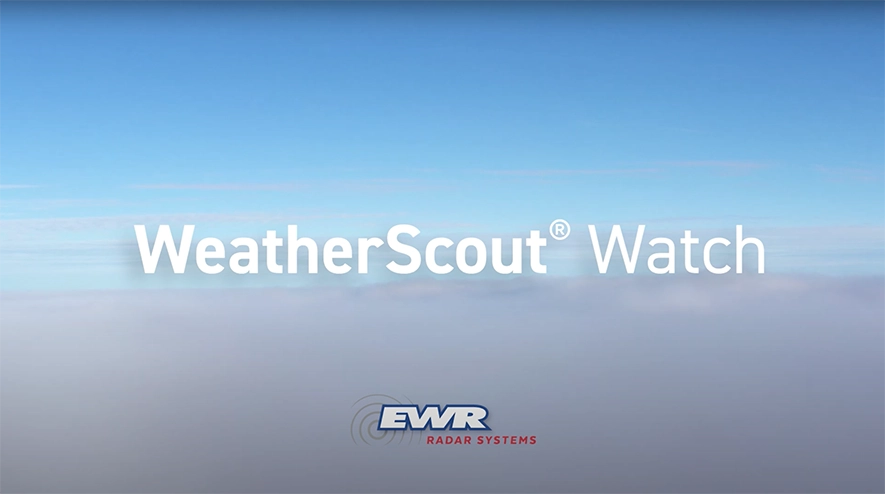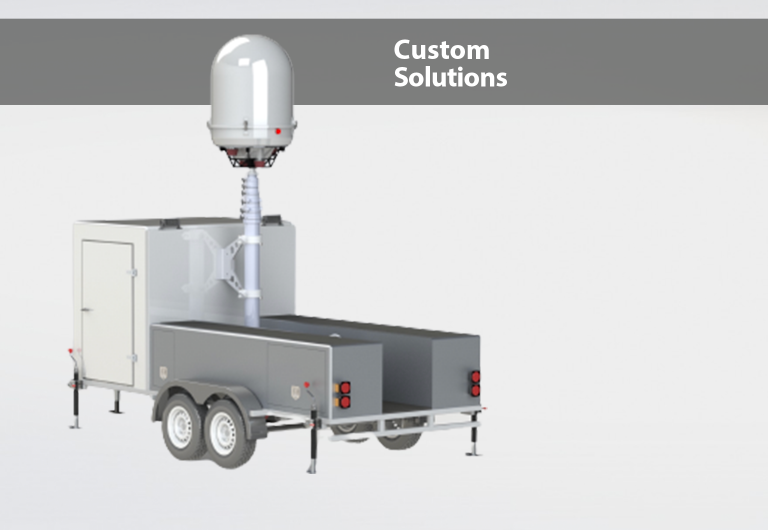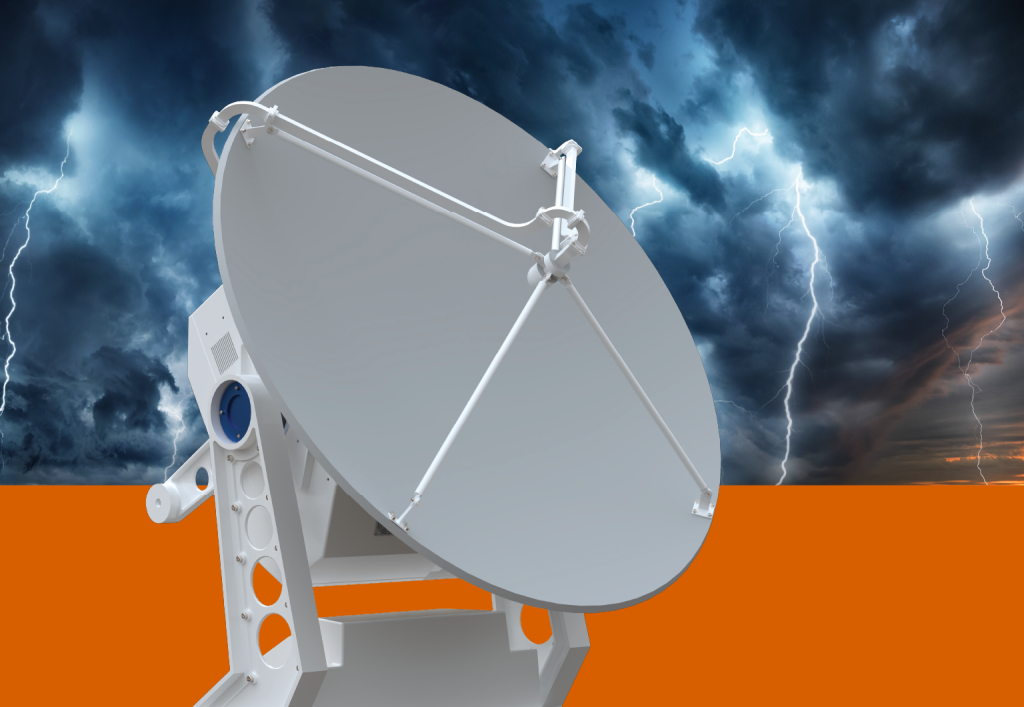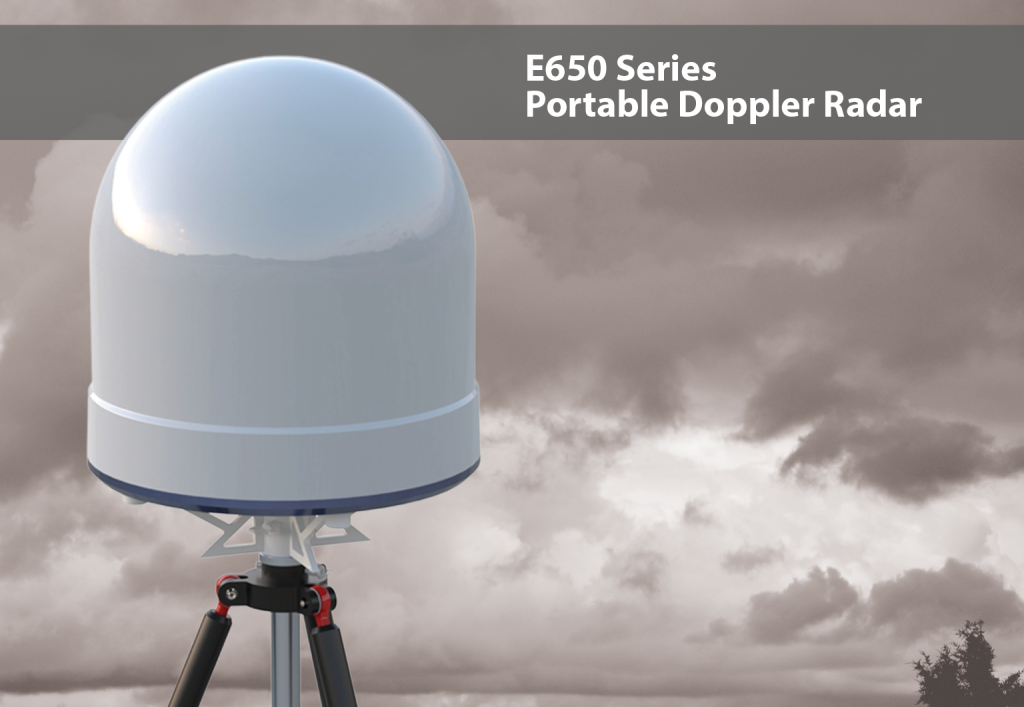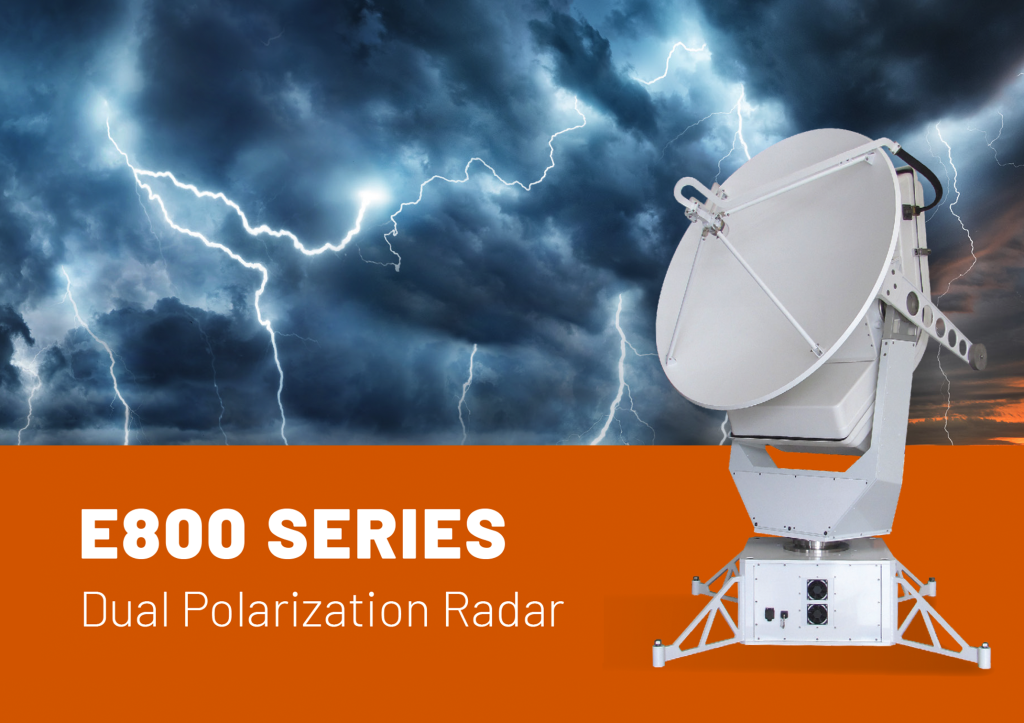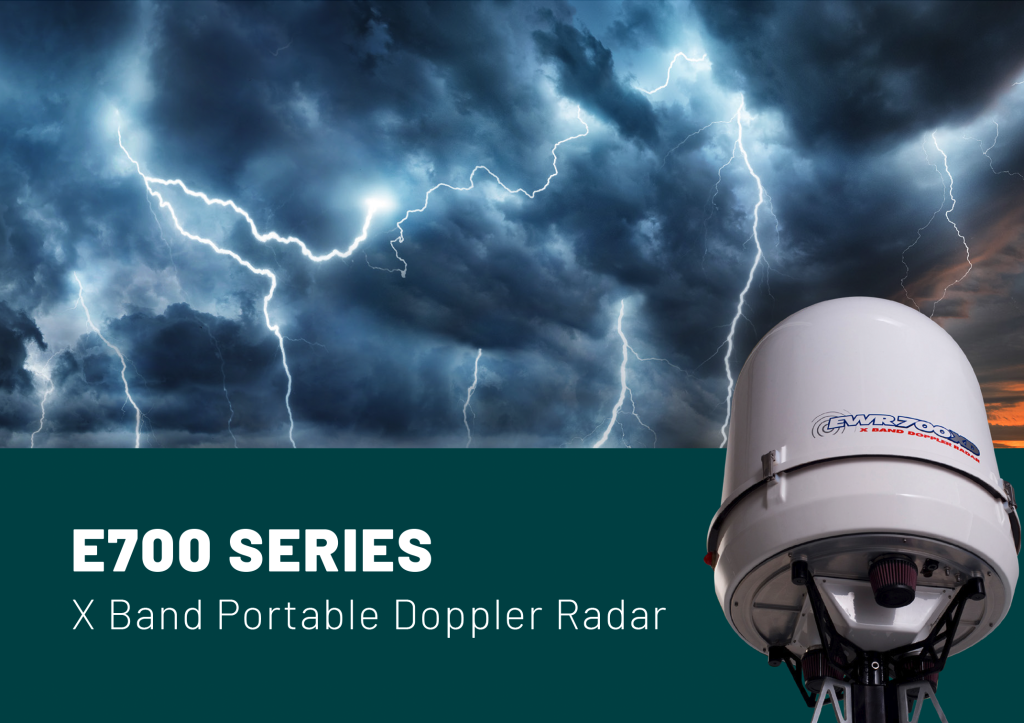ST. LOUIS (KTVI) – The Dallas/Fort Worth Metroplex is the largest metropolitan area inside Tornado Alley. That makes it the perfect location for the deployment of the new CASA weather radar network.CASA stands for Collaborative Adaptive Sensing of the Atmosphere. It is a partnership that brings together universities, industry, and local governments to develop hyper local weather monitoring networks.
CASA is teaming up with the North Central Texas Council of Governments in a five-year, $10 million project that will blanket much of north Texas with unprecedented weather radar coverage.
The existing National Weather Service radar network consists of more than 150 sites across the country. Some of those are more than 200 miles apart. That is important because as the radar beam moves away from the radar it looks higher up into the atmosphere because of the curvature of the earth. That leaves a widening gap below the beam where a lot of important weather occurs, including tornadoes and microbursts.
The CASA network will fill those gaps in the Dallas/Fort Worth metro by surrounding the region with eight smaller, less expensive, very robust radars placed only a few dozen miles apart.
National Weather Service Meteorologist in Charge Tom Bradshaw says the network is already showing dividends.
“We have already had enough storms come through and enough experience with this new technology to show us some features we haven’t seen before,” Bradshaw says.
Crews recently installed the fifth of the CASA radars at the Johnson County Emergency Operations Center southwest of Fort Worth. That radar was built here in the St. Louis area at EWR radar in Kirkwood.
“We have the opportunity that never existed before,” says Johnson County EM coordinator Jamie Moore. “To position our public safety response, our fire departments our ambulances, the police department.”
Fort Worth Emergency Manager Juan Ortiz sees the CASA network as a community responsibility.
“We really need to do what we can to take advantage of the new technologies that may help us make better decisions.”
Every one of the meteorologists and emergency managers I spoke to in Texas believe this type of network is also ideally suited for St. Louis because of the types of severe weather we get.
The CASA network is funded locally by the individual counties and/or municipalities where they are installed and not the federal government. The data is then made available to the National Weather Service as part of the CASA partnership.
For a CASA network to work in St. Louis, it will take our local emergency managers to come up with a viable plan and then pitch that to their local government officials for funding.
